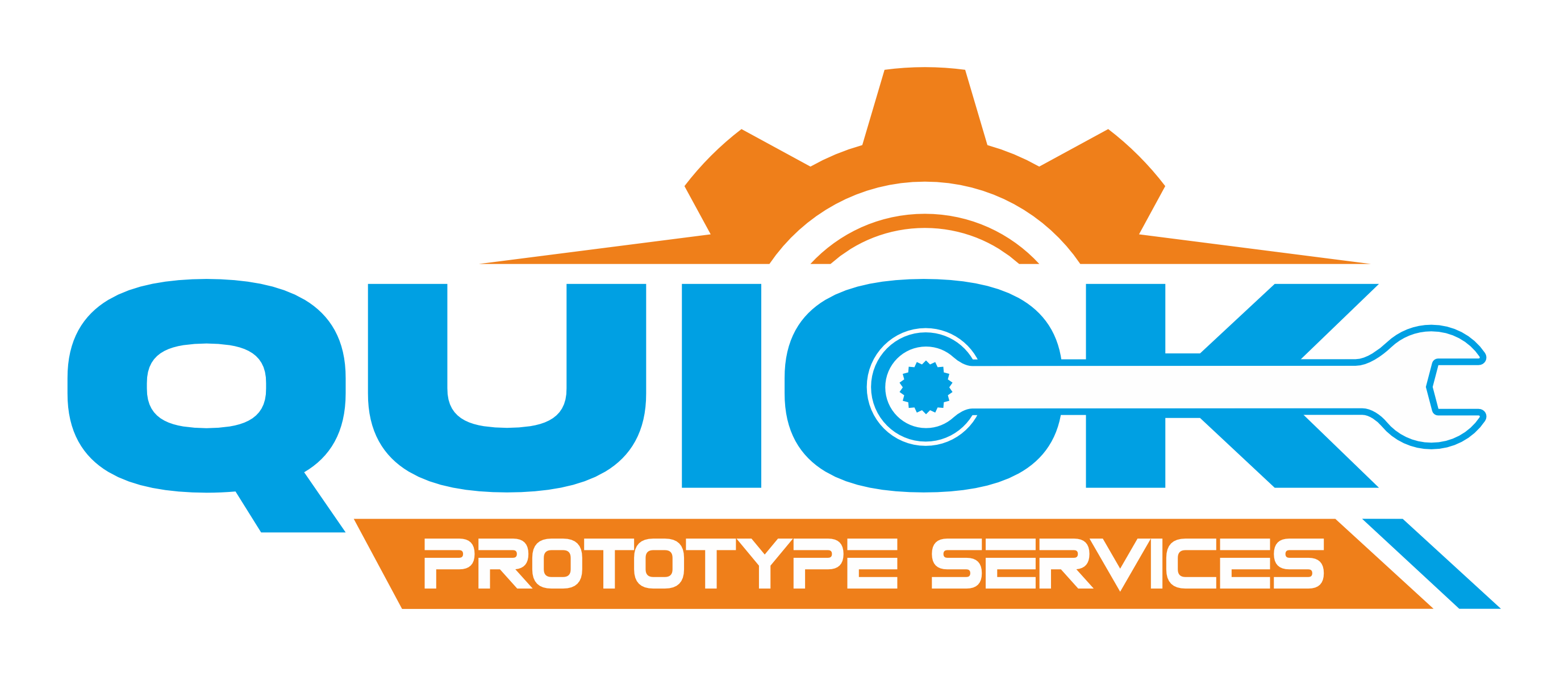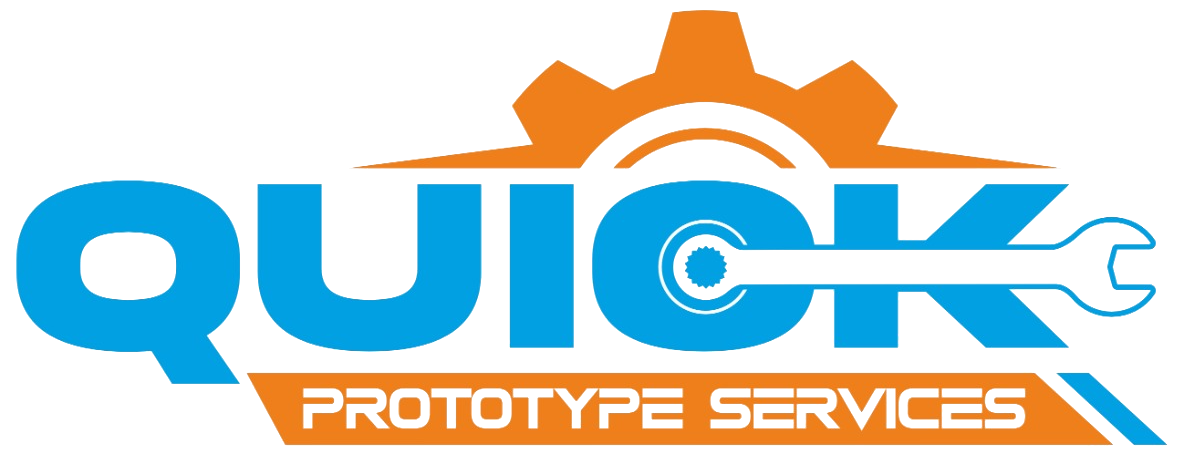About Powder Coating
Powder coating stands as a premier surface finishing technique, revolutionizing how metal parts are coated for enhanced durability and aesthetic appeal. Unlike conventional liquid paint, powder coating involves the application of a dry, free-flowing powder onto metal surfaces. This process is renowned for producing robust finishes that surpass the resilience of traditional paints.
Primarily employed on metal components, powder coating offers a tough, protective layer that shields against corrosion, abrasion, and weathering. It finds widespread use in various industries, including automotive, household appliances, and architectural applications, owing to its versatility and longevity.
The versatility of powder coating extends to its color options and textures, offering a wide array of choices to suit diverse aesthetic preferences and functional requirements. Whether it’s a sleek gloss finish or a satin texture, powder coating delivers consistent results with exceptional durability.
In this guide, delve into the specifics of powder coating, including its materials compatibility, color options, texture variations, and applications. Explore the nuances of design considerations when opting for powder coating solutions, ensuring optimal outcomes for your projects.
Unlock the potential of powder coating technology to elevate the performance and appearance of your metal components. Let’s embark on a journey to discover the possibilities and advantages of powder coating in modern manufacturing and design
Powder Coating Specifications
- Materials: Aluminum, Stainless Steel, Steel
- Colors: Black, Red, any RAL code
- Texture: Gloss or semi-gloss
- Applications: Vehicle parts, household appliances, aluminum extrusions
Design Considerations:
- The added layer thickness requires plugging and masking of tight tolerance areas.
- Powder coat pricing varies based on colors, finishes, and part geometry.
- Most polymer powders used have poor electrical conductivity.
Start your next project with anodizing today! Get a Quote and explore related resources.


